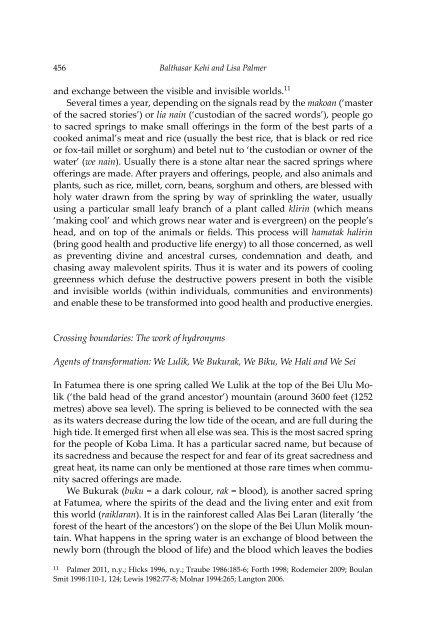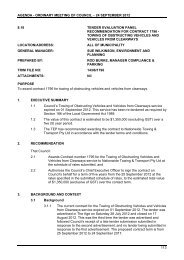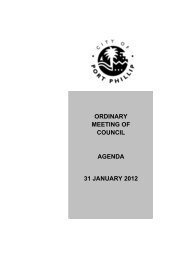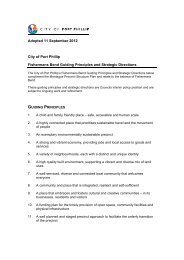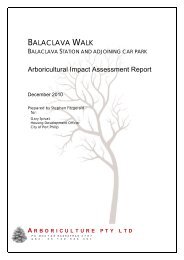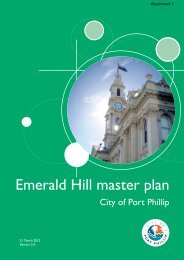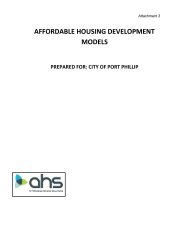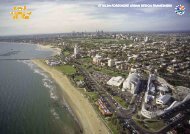You also want an ePaper? Increase the reach of your titles
YUMPU automatically turns print PDFs into web optimized ePapers that Google loves.
456<br />
Balthasar <strong>Kehi</strong> <strong>and</strong> Lisa <strong>Palmer</strong><br />
<strong>and</strong> exchange between the visible <strong>and</strong> invisible worlds. 11<br />
Several times a year, depending on the signals read by the makoan (‘master<br />
<strong>of</strong> the sacred stories’) or lia nain (‘custodian <strong>of</strong> the sacred words’), people go<br />
to sacred springs to make small <strong>of</strong>ferings in the form <strong>of</strong> the best parts <strong>of</strong> a<br />
cooked animal’s meat <strong>and</strong> rice (usually the best rice, that is black or red rice<br />
or fox-tail millet or sorghum) <strong>and</strong> betel nut to ‘the custodian or owner <strong>of</strong> the<br />
water’ (we nain). Usually there is a stone altar near the sacred springs where<br />
<strong>of</strong>ferings are made. After prayers <strong>and</strong> <strong>of</strong>ferings, people, <strong>and</strong> also animals <strong>and</strong><br />
plants, such as rice, millet, corn, beans, sorghum <strong>and</strong> others, are blessed with<br />
holy water drawn from the spring by way <strong>of</strong> sprinkling the water, usually<br />
using a particular small leafy branch <strong>of</strong> a plant called klirin (which means<br />
‘making cool’ <strong>and</strong> which grows near water <strong>and</strong> is evergreen) on the people’s<br />
head, <strong>and</strong> on top <strong>of</strong> the animals or fields. This process will hamatak halirin<br />
(bring good health <strong>and</strong> productive life energy) to all those concerned, as well<br />
as preventing divine <strong>and</strong> ancestral curses, condemnation <strong>and</strong> death, <strong>and</strong><br />
chasing away malevolent spirits. Thus it is water <strong>and</strong> its powers <strong>of</strong> cooling<br />
greenness which defuse the destructive powers present in both the visible<br />
<strong>and</strong> invisible worlds (within individuals, communities <strong>and</strong> environments)<br />
<strong>and</strong> enable these to be transformed into good health <strong>and</strong> productive energies.<br />
Crossing boundaries: The work <strong>of</strong> hydronyms<br />
Agents <strong>of</strong> transformation: We Lulik, We Bukurak, We Biku, We Hali <strong>and</strong> We Sei<br />
In Fatumea there is one spring called We Lulik at the top <strong>of</strong> the Bei Ulu Molik<br />
(‘the bald head <strong>of</strong> the gr<strong>and</strong> ancestor’) mountain (around 3600 feet (1252<br />
metres) above sea level). The spring is believed to be connected with the sea<br />
as its waters decrease during the low tide <strong>of</strong> the ocean, <strong>and</strong> are full during the<br />
high tide. It emerged first when all else was sea. This is the most sacred spring<br />
for the people <strong>of</strong> Koba Lima. It has a particular sacred name, but because <strong>of</strong><br />
its sacredness <strong>and</strong> because the respect for <strong>and</strong> fear <strong>of</strong> its great sacredness <strong>and</strong><br />
great heat, its name can only be mentioned at those rare times when community<br />
sacred <strong>of</strong>ferings are made.<br />
We Bukurak (buku = a dark colour, rak = blood), is another sacred spring<br />
at Fatumea, where the spirits <strong>of</strong> the dead <strong>and</strong> the living enter <strong>and</strong> exit from<br />
this world (raiklaran). It is in the rainforest called Alas Bei Laran (literally ‘the<br />
forest <strong>of</strong> the heart <strong>of</strong> the ancestors’) on the slope <strong>of</strong> the Bei Ulun Molik mountain.<br />
What happens in the spring water is an exchange <strong>of</strong> blood between the<br />
newly born (through the blood <strong>of</strong> life) <strong>and</strong> the blood which leaves the bodies<br />
11 <strong>Palmer</strong> 2011, n.y.; Hicks 1996, n.y.; Traube 1986:185-6; Forth 1998; Rodemeier 2009; Boulan<br />
Smit 1998:110-1, 124; Lewis 1982:77-8; Molnar 1994:265; Langton 2006.


